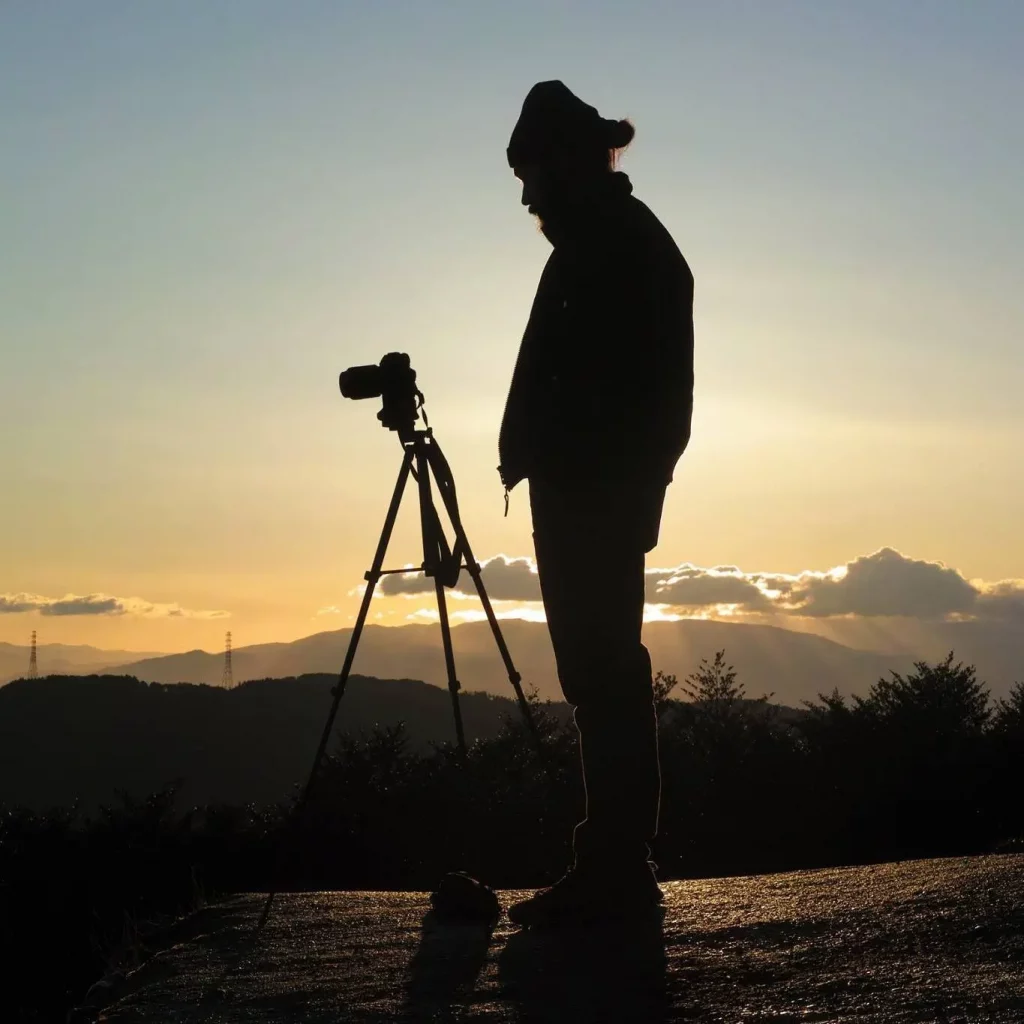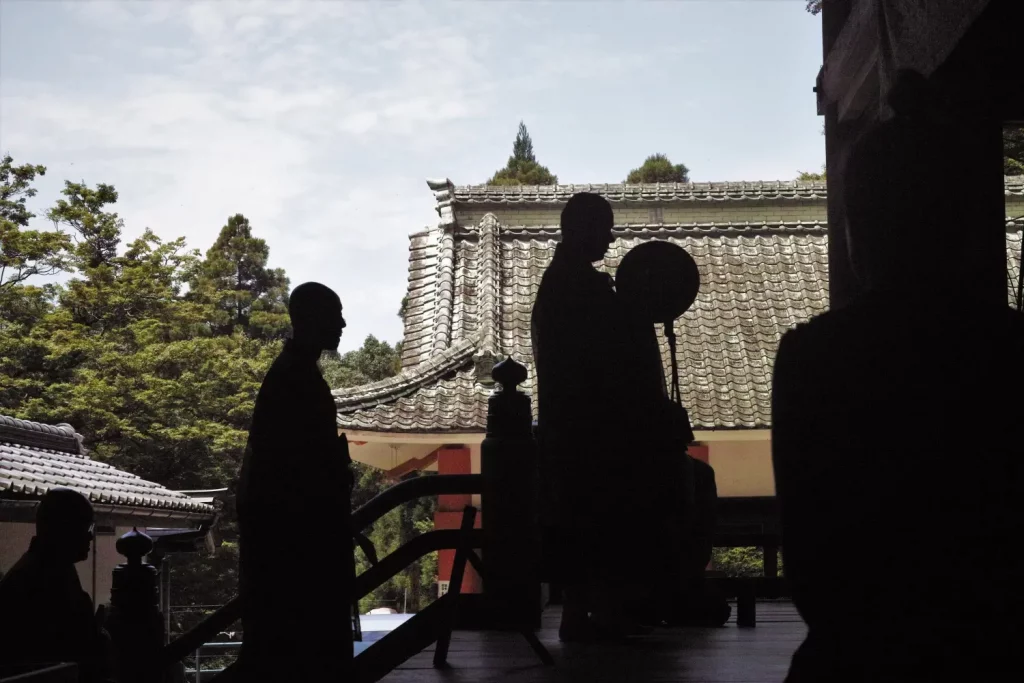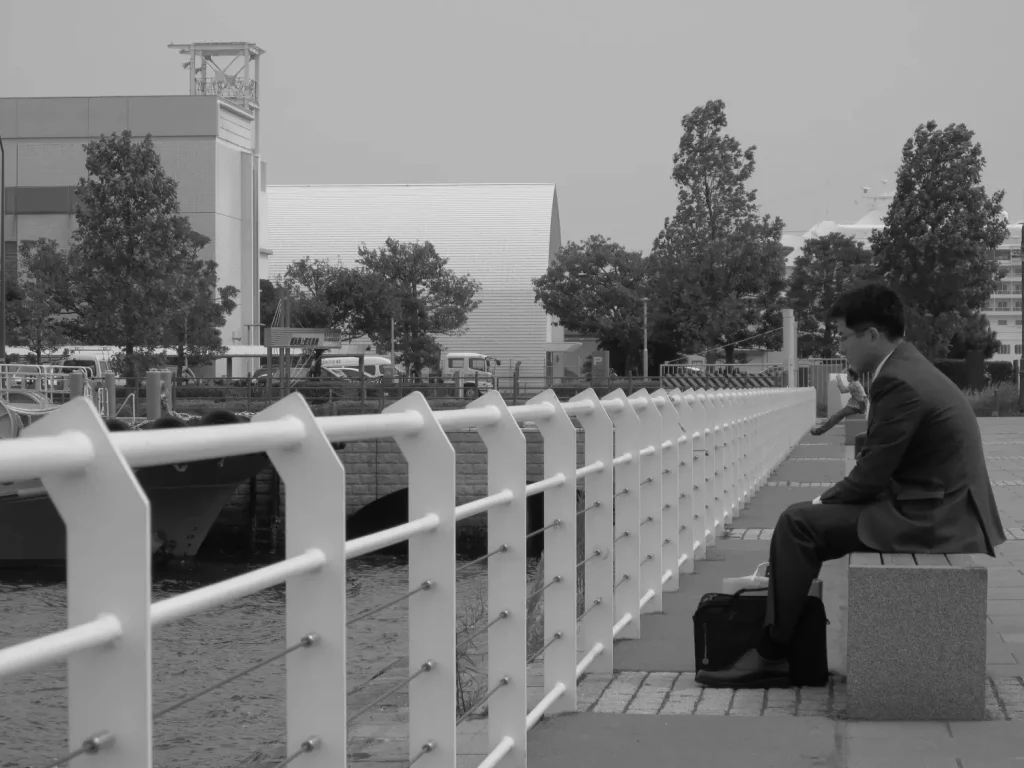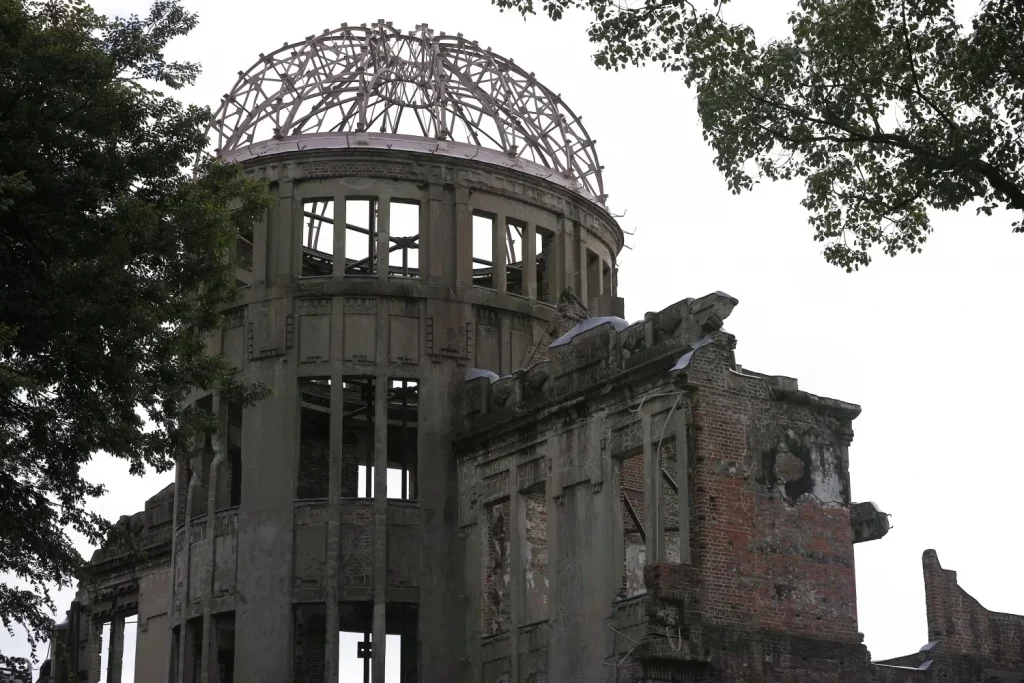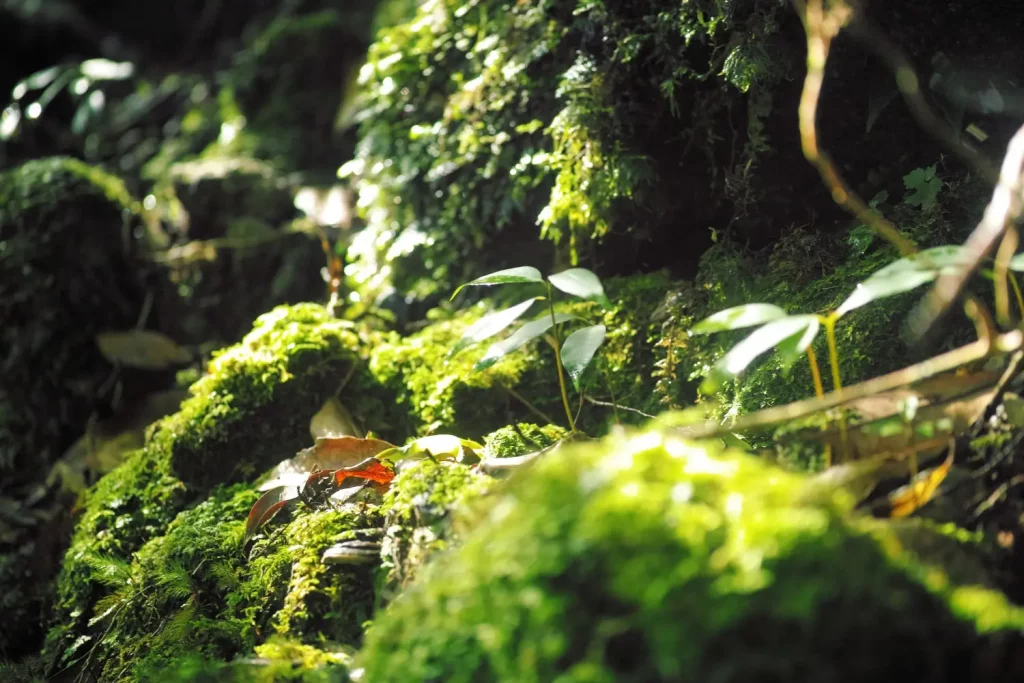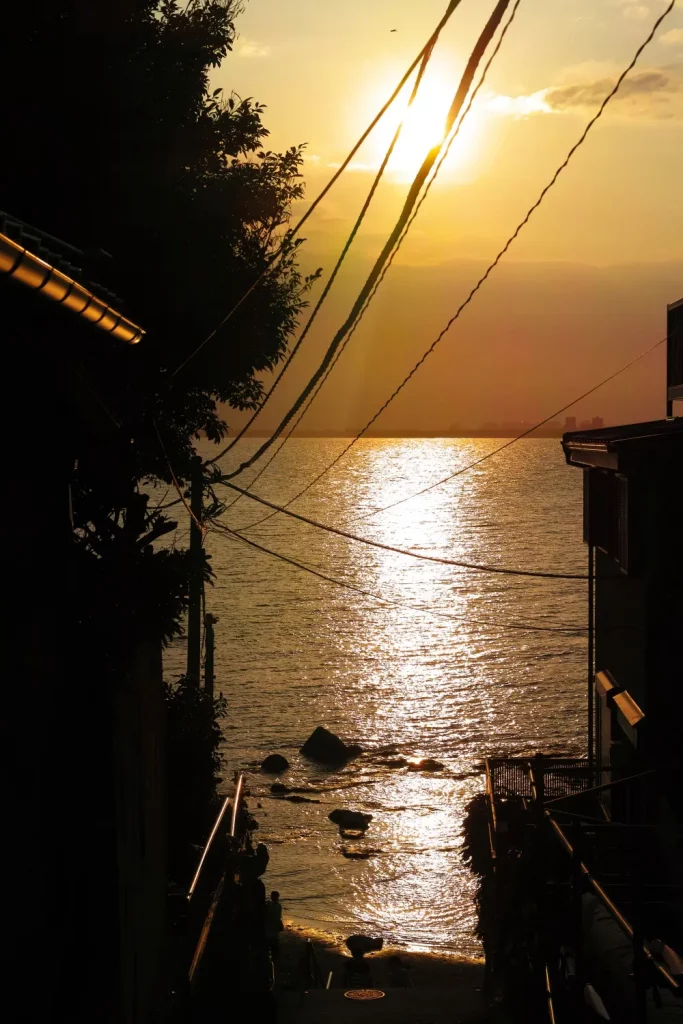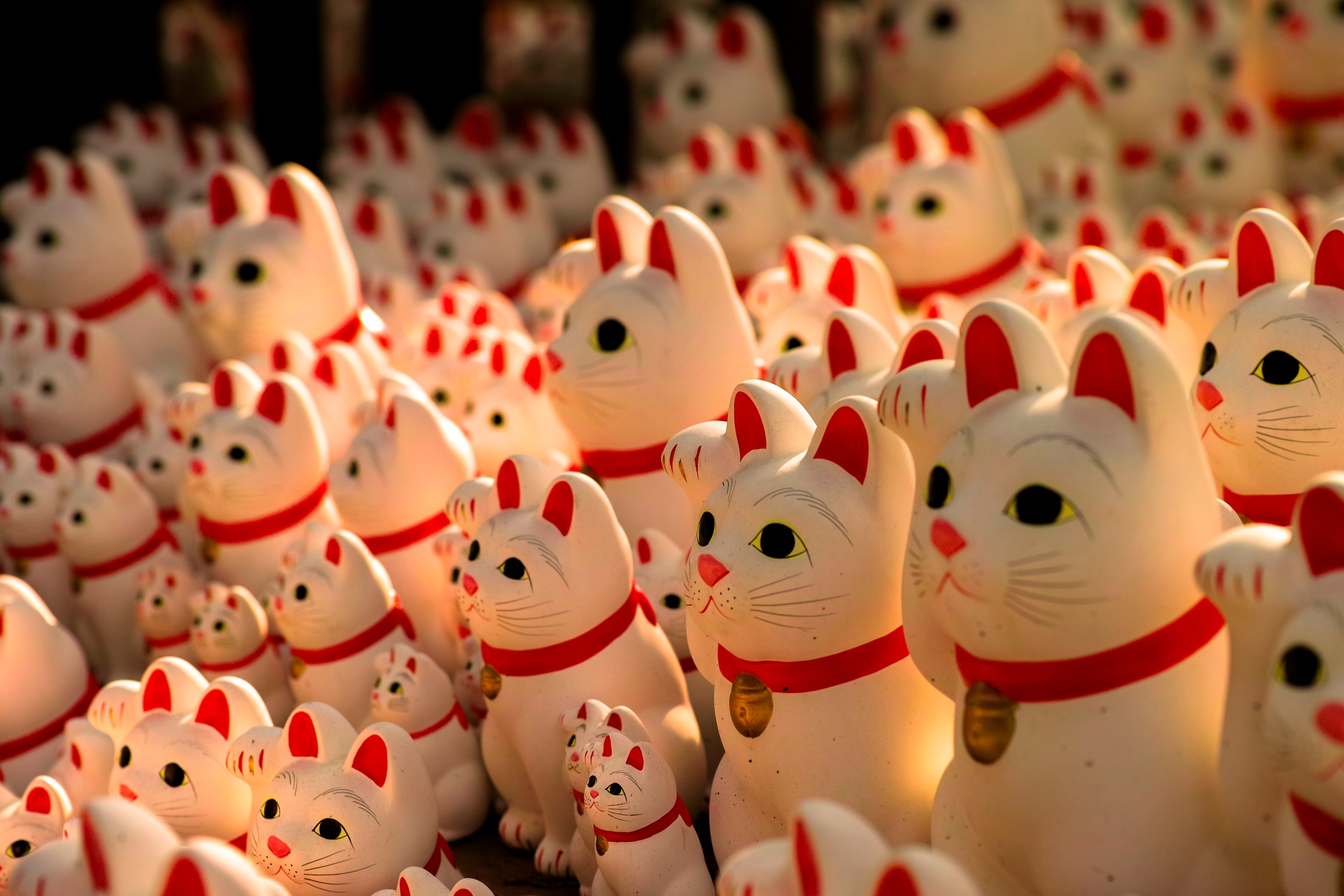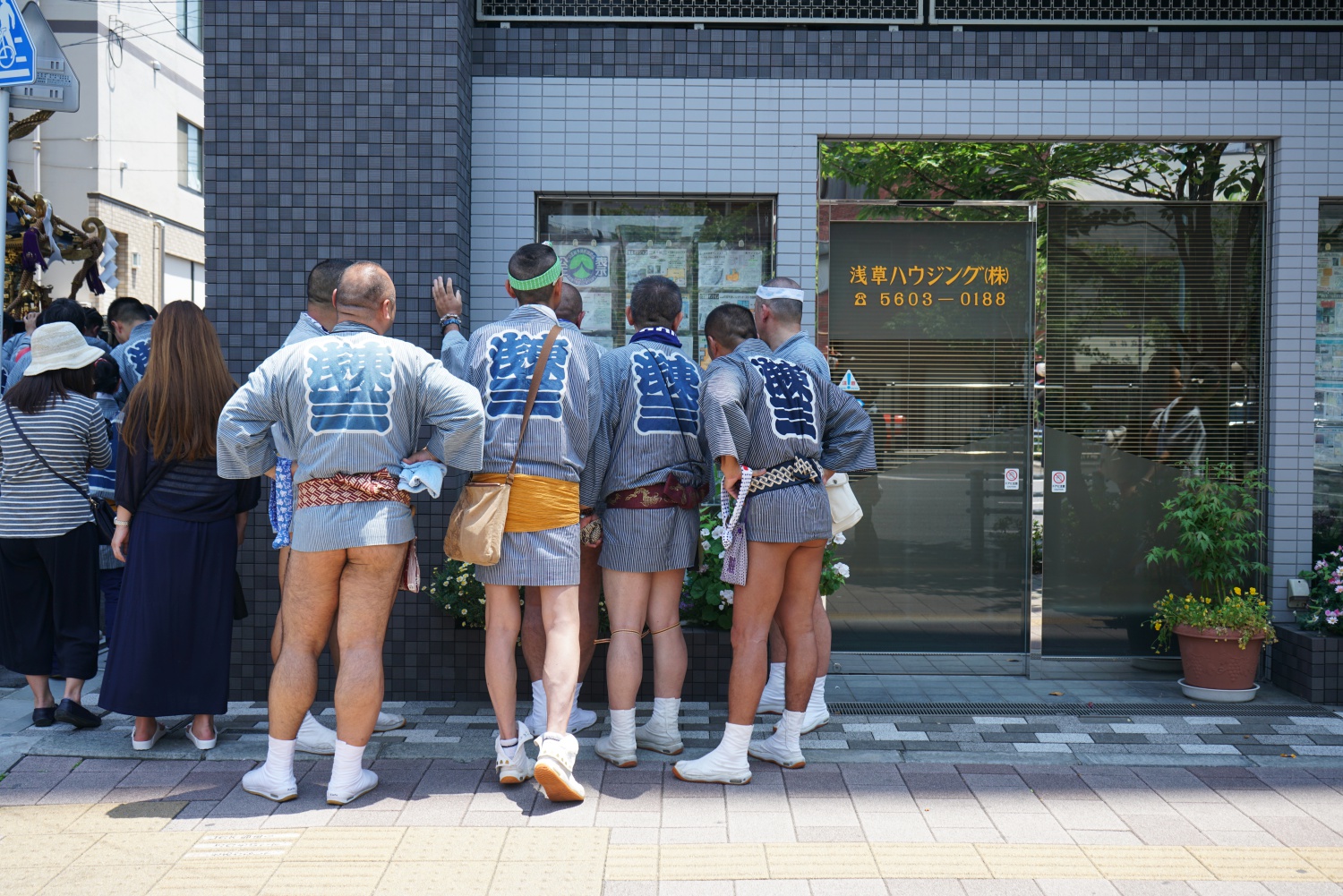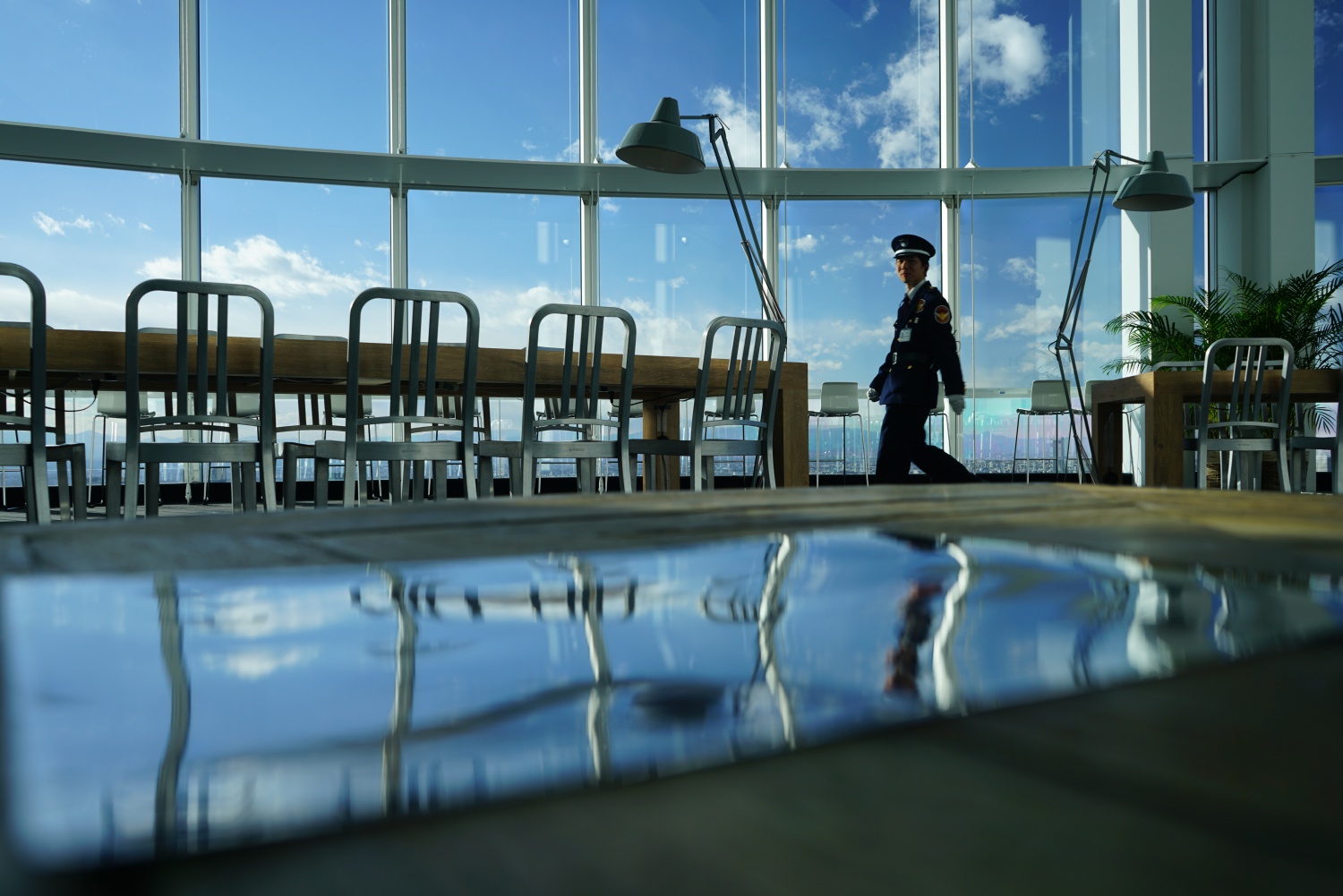
Impressions d’art du Japon pour les collectionneurs
Si vous êtes un collectionneur d’art, vous êtes au bon endroit. Tous les tirages disponibles de ma collection sont en édition limitée à 30 exemplaires (ou moins si mentionné), numérotés, signés et livrés avec un certificat d’authenticité. Vous pouvez également me contacter pour des commandes plus exclusives – telles que des formats plus grands, des

